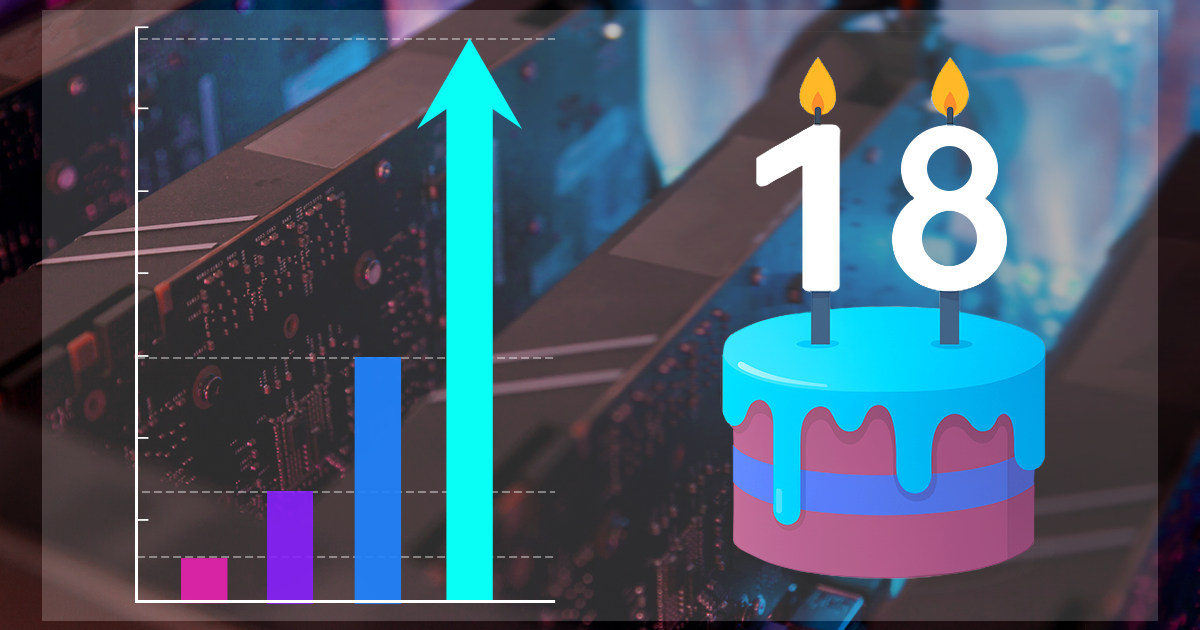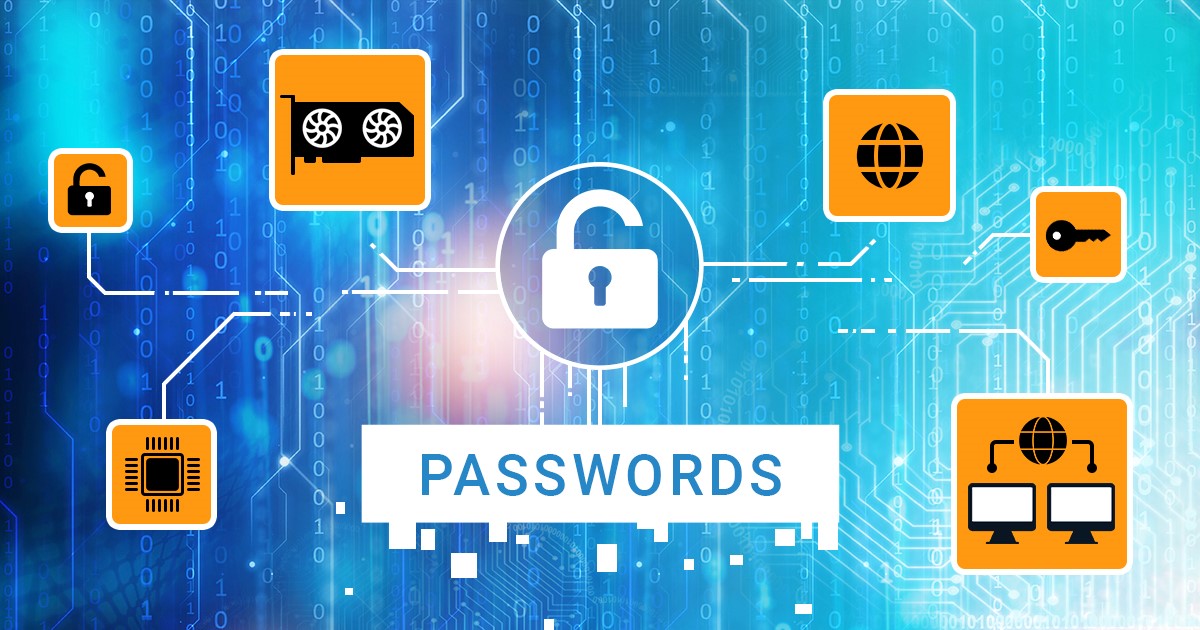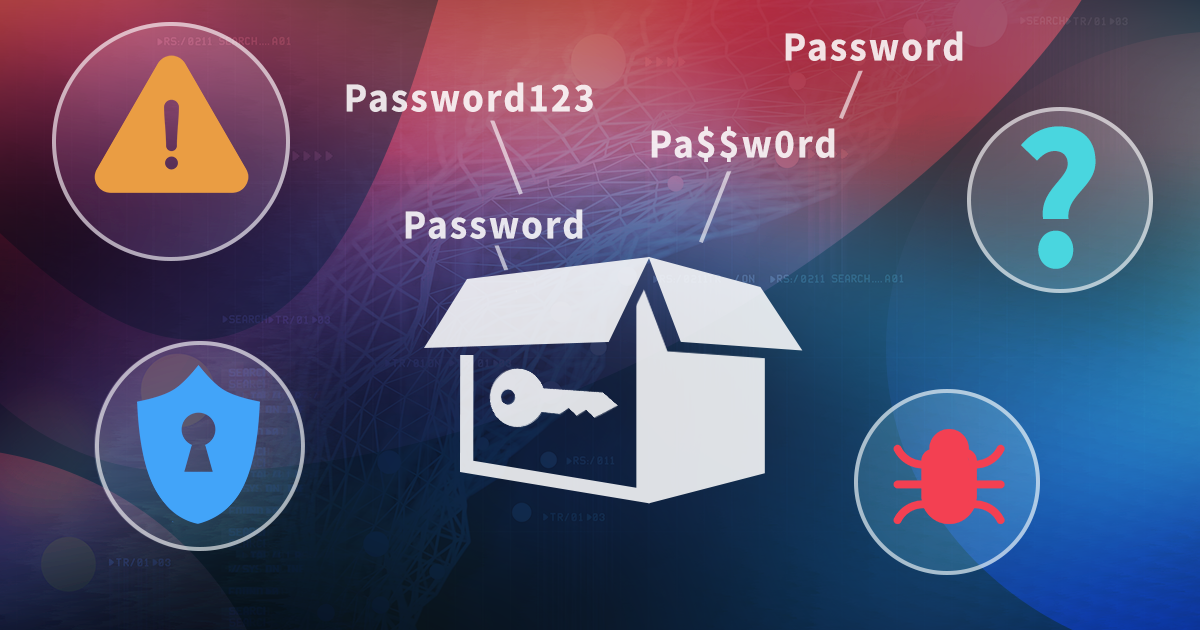Apple has a wonderfully integrated ecosystem. Apple computers, tablets and phones conveniently synchronize information such as passwords, Web browsing history, contacts and call logs across all of the user’s devices. This synchronization mechanism uses iCloud to sync and store information. The syncing mechanism works independently from iOS system backups that are also stored in iCloud (or iCloud Drive). As opposed to daily iCloud backups, synchronized data is updated and propagated across devices in almost real time. Extracting this information can be invaluable for investigations as it provides access to the most up to date information about the user, their activities and whereabouts.
It’s been a long while since we made an update to one of our most technically advanced tools, Elcomsoft Forensic Disk Decryptor (EFDD). With this tool, one could extract data from an encrypted disk volume (FileVault 2, PGP, BitLocker or TrueCrypt) by utilizing the binary encryption key contained in the computer’s RAM. We could find and extract that key by analyzing the memory dump or hibernation files.
With over 1.3 billion monthly users, WhatsApp is the most popular instant messaging tool worldwide, and Android is the most popular mobile operating system by far. This makes WhatsApp acquisition from Android devices essential for the law enforcement. Elcomsoft Explorer for WhatsApp 2.30 can now download and decrypt Android user’s encrypted WhatsApp communication histories stored in Google Drive. If you have access to the user’s trusted phone number or their physical SIM card (to receive a verification code from WhatsApp), you can now use Elcomsoft Explorer for WhatsApp to download, decrypt and display WhatsApp communication histories backed up into the user’s Google Account. Surprisingly, a cloud backup may, in certain cases, contain even more information than stored on the device itself. This particularly applies to attachments (photos and videos) sent and received by WhatsApp users and then deleted from the device.
Media files (Camera Roll, pictures and videos, books etc.) are an important part of the content of mobile devices. The ability to quickly extract media files can be essential for an investigation, especially with geotags (location data) saved in EXIF metadata. Pulling pictures and videos from an Android smartphone can be easier than obtaining the rest of the data. At the same time, media extraction from iOS devices, while not impossible, is not the easiest nor the most obvious process. Let’s have a look at tools and techniques you can use to extract media files from unlocked and locked iOS devices.
Who am I to tell you to use two-factor authentication on all accounts that support it? This recommendation coming from someone whose business is supplying law enforcement with tools helping them do their job might be taken with a grain of salt by an average consumer. Yet we still strongly believe that, however good a password you have to encrypt your local documents or NAS drives, any remotely popular online service absolutely requires an additional authentication factor.
Two-factor authentication is essential to secure one’s access to online accounts. We studied multiple implementations of two-factor authentication including those offered by Apple, Google and Microsoft. While Google’s implementation offers the largest number of options, we feel that Apple has the most balanced implementation. The closed ecosystem and the resulting deep integration with the core OS makes it easy for Apple to control exactly how it works and on which devices.
Google has started its journey on convincing people to move away from SMS-based verification, and start receiving push messages via the Google Prompt instead of using six-digit codes. Why does Google want us away from SMS, and why using Google Prompt instead? Let’s try to find out.
Even today, seizing and storing portable electronic devices is still troublesome. The possibility of remote wipe routinely makes police officers shut down smartphones being seized in an attempt to preserve evidence. While this strategy used to work just a few short years ago, this strategy is counter-productive today with full-disk encryption. In all versions of iOS since iOS 8, this encryption is based on the user’s passcode. Once the iPhone is powered off, the encryption key is lost, and the only way to decrypt the phone’s content is unlocking the device with the user’s original passcode. Or is it?
Tired of reading on lockdown/pairing records? Sorry, we can’t stop. Pairing records are the key to access the content of a locked iPhone. We have recently made a number of findings allowing us to extract even more information from locked devices through the use of lockdown records. It’s not a breakthrough discovery and will never make front page news, but having more possibilities is always great.
“Can you unlock that iPhone?” is one of the most common questions we hear on various events and from our customers. There is no simple answer, but more often than not some options are available.


